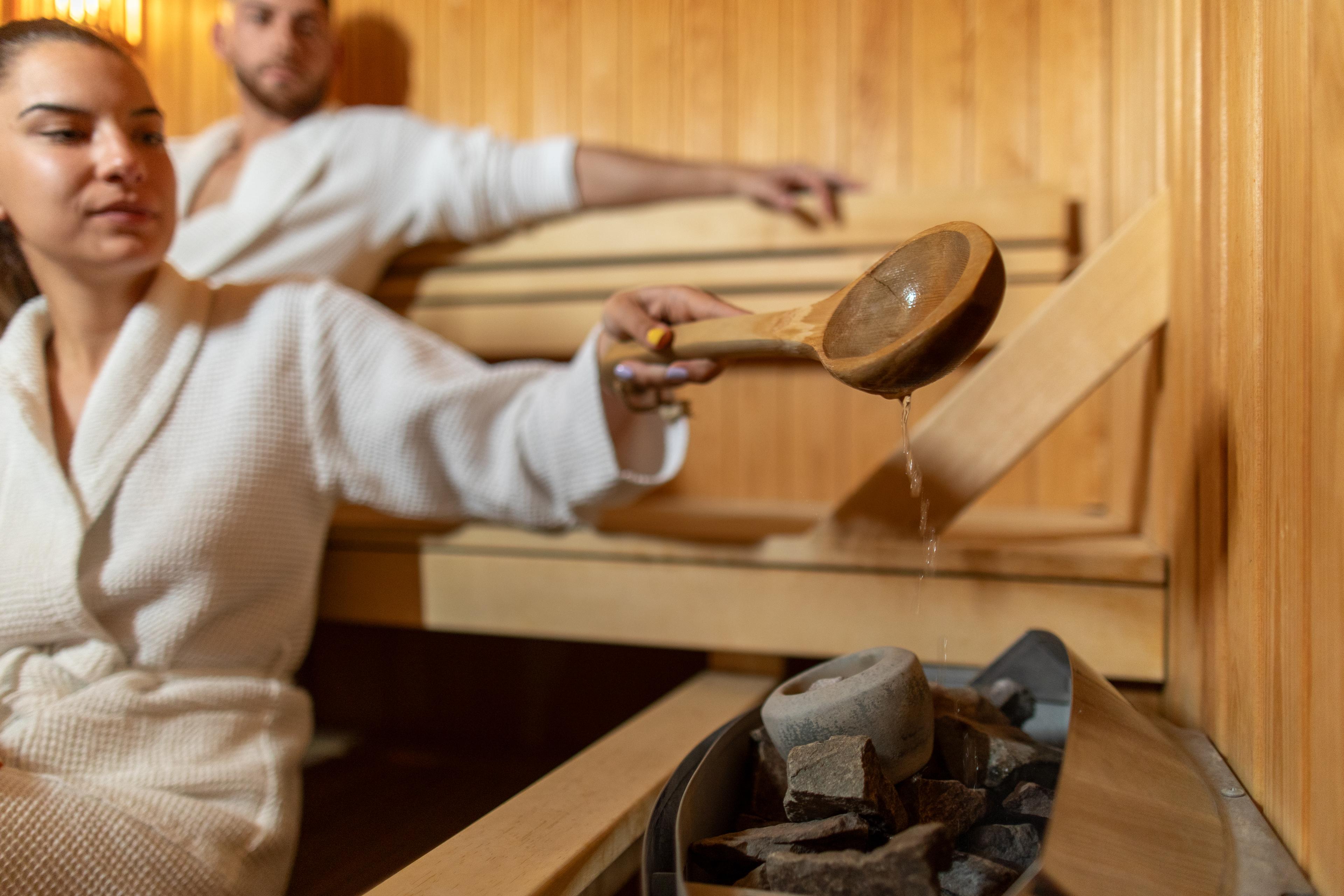Tips for Highly Productive People: How to Know When to Rest

Angela Moore
| 4 min read

Should I be doing something, or should I be doing nothing?
I thought about this the other day as I found myself walking aimlessly through my house, between my home office and our great room.
There I was, pacing from one room to the other shifting from feeling like I should be doing something to knowing that I should be doing nothing.
I had finished the busy work week and submitted a significant proposal, and I was DONE … yet there I was walking aimlessly from my place of work to my place of relaxation and not settling in either.
This was contrary to what I teach clients; the importance of keeping work in defined work areas (areas restricted to work and work-related tasks) and keeping life in defined life areas (areas restricted to personal life and personal life related activities).
Have you ever found yourself walking from one place to another? Have you ever struggled to shift from a state of work to a state of relaxation? Do you know when you should do nothing instead of doing something?
This is a significant struggle for many of my clients, especially those that are high achievers. As high achievers, there is a tendency to feel the need to constantly be doing something. There is also the tendency to associate productivity with movement or action.
However, if you don’t balance doing something with periods of doing nothing, you will be unbalanced, and this imbalance will take a toll on you, your relationships, and on your overall health and well-being.
An essential skill necessary for work-life balance is recognizing when to do something — diligently sticking to a specific task and when to do nothing — intentionally shifting to a state to rest.
It is important to be just as intentional about taking a break as you are when you are working. Work and rest are an essential part of success.
And work and rest are important whether you are working at home, working in the office or are a hybrid worker. You simply cannot expect to be consistently productive if you are also not consistently resting.
Not sure how to be intentional about taking a break? Try these simple steps:
- Accept that rest is an essential part of a healthy life. Rest allows time for the mind and the body to rejuvenate itself. It is often in a restful state that creativity and growth take place.
- Schedule in blocks of rest time, defined as “time when you are resting your mind and your body and not doing a task or activity that can cause negative stress or tension.”
- Stay focused when you are working and get your work done. Avoid distractions and limit interruptions. Effectively completing work tasks will increase the likelihood that you will feel more comfortable to take a break without guilt or worry.
- Note how long you are able to apply your greatest effort. Everyone has an optimal time that they can focus on a specific task or activity. When you are not able to stay focused, it is probably time to take a break.
- Guard your “rest time” or “times of doing nothing” like you would a very important appointment. Remember these “appointments” are with the most important person in your life, YOU!
So, the next time you find yourself walking aimlessly from one room to another, or struggling to complete a task, I encourage you to ask yourself:
Should I be doing something, or should I be doing nothing?
As the poet May Sarton so eloquently stated: “The most valuable thing we can do for the psyche, occasionally, is to let it rest, wander, live in the changing light of room, not try to be or do anything whatever.”
Opinions expressed in this blog belong solely to the author and do not necessarily reflect the opinions or beliefs of Blue Cross Blue Shield of Michigan or its subsidiaries and affiliates.
Photo credit: Courtesy of Angela Moore





